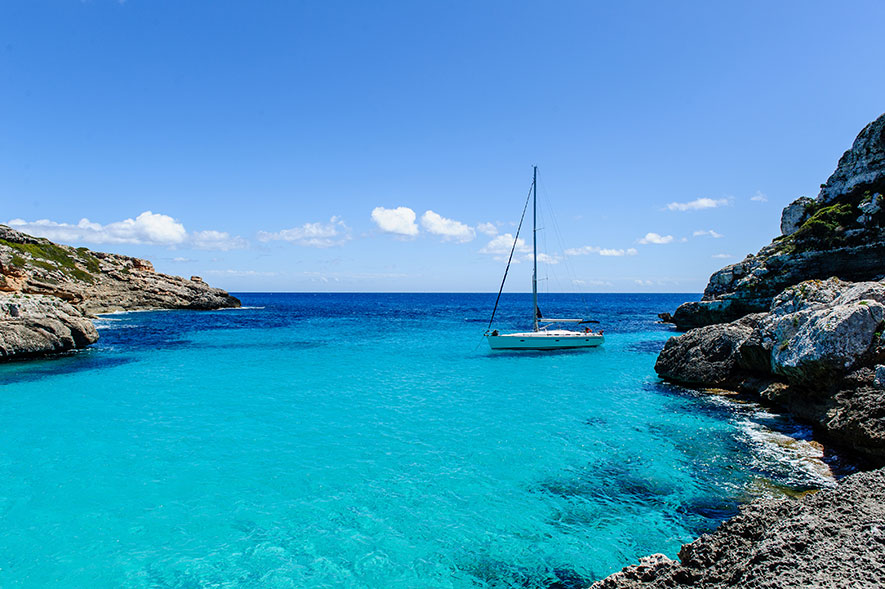
Serinus canaria
SUBFAMILY
Carduelinae
TAXONOMY
Serinus canaria Linnaeus, 1758.
OTHER COMMON NAMES
English: Common canary, canary; French: Serin des Canaries;
German: Kanarengirlitz; Spanish: Canario Sylvestre.
PHYSICAL CHARACTERISTICS
The island canary is a small, slender finch with a body length
of about 5 in (12.5 cm). It has a rather long, forked tail, and a
short, stout, conical, pointed beak. The male is colored overall
olive-brown, with yellow on the face and belly. The female is
somewhat duller in color. Domesticated varieties, however, can
vary widely in coloration, with as many as several hundred
types being recognized. Red canaries are among the extremes
of coloration, and are derived from fertile hybrids of the island
canary and the black-capped red siskin (Carduelis atriceps) of
South America.
DISTRIBUTION
The canary is a highly local (or endemic) species indigenous
only to the Azores, Canaries, and Madeira Islands of the eastern
temperate Atlantic Ocean. It has been domesticated for
centuries, however, and is kept as a caged songbird in many
countries.
HABITAT
The island canary inhabits forest, open habitats with shrubs,
gardens, and orchards.
BEHAVIOR
The island canary is a non-migratory species. It is a social bird
that may occur in small flocks when not breeding. The song is
a highly musical series of warbled notes, often given in flight.
FEEDING ECOLOGY AND DIET
The island canary feeds on seeds and small fruits of various kinds.
REPRODUCTIVE BIOLOGY
The island canary weaves a cup-shaped nest of plant fibers and
usually locates it in a shrub or low tree. They are often polygamous
breeders, meaning a male may mate with several females.
The clutch size is typically about five, but can vary from one to
ten. Hatching occurs about 14 days after the hen begins to incubate.
There may be more than one brood per year.
CONSERVATION STATUS
The island canary is an endemic species of only a few islands
in the eastern Atlantic Ocean, but it is locally abundant there.
Domesticated varieties are abundant in captivity.
SIGNIFICANCE TO HUMANS
The island canary has been kept as a caged songbird for more
than 500 years. It is a highly prized pet because of the loud,
enthusiastic, musical song of the male.
Photo Gallery of - Island canary

 Animalia Life
Animalia Life